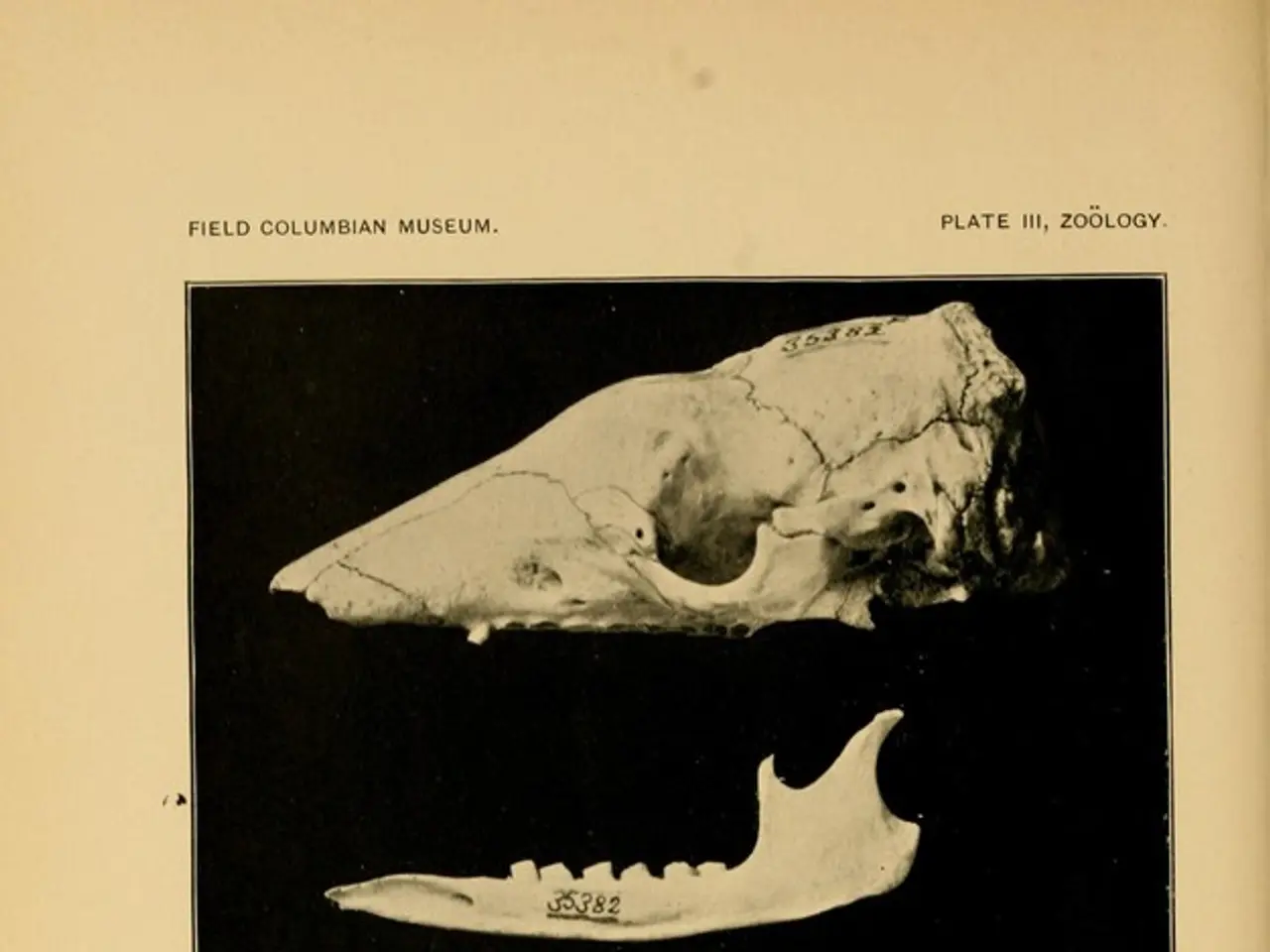Osteopenia: Identifying Risks, Diagnosis Strategies, and Therapeutic Approaches
Osteopenia, a condition characterised by low bone density compared to others of the same age, is a prevalent health concern, especially among people over the age of 50 in the United States, with around half of this demographic affected [1]. This condition, often asymptomatic, is a precursor to osteoporosis and increases the risk of bone fractures.
Advancing age, particularly for women over 65 and men over 70, is a major risk factor for osteopenia and osteoporosis [1]. Hormonal changes, such as the rapid decline in estrogen after menopause, increase the risk in women, making them more susceptible than men [2]. Family history, certain medications, lifestyle factors like smoking, excessive alcohol intake, and lack of regular physical activity, particularly weight-bearing exercise, also contribute significantly to the development of osteopenia [1][3][4].
Individuals with osteopenia have bones that are weaker than normal, making them more vulnerable to fractures compared to those with normal bone density [2][3]. While the risk is not as high as those with osteoporosis, it is still significant. Screening is crucial because early intervention, such as improved nutrition, exercise, and sometimes medication, can reduce the risk of progression to osteoporosis and subsequent fractures [2][3].
The most common bone density test used to diagnose osteopenia is a dual-energy X-ray absorptiometry (DEXA) [1]. Doctors use a T-score to report the test results, with a diagnosis of osteopenia given if a person has a T-score between -0.1 and -2.5 [1].
Treatment for osteopenia typically involves lifestyle changes, such as adopting a diet rich in calcium and vitamin D, and engaging in regular exercise, particularly muscle strengthening and weight-bearing activities like yoga, tai chi, body weight exercises, lifting weights, weight machines, dancing, stair climbing, and walking [2]. Medication may be prescribed for individuals with osteopenia who have suffered a bone fracture or for those whose condition progresses to osteoporosis [2].
Balancing exercises might help prevent falls as a person ages, decreasing the risk of breaks [1]. It is essential to maintain a healthy lifestyle to preserve bone density and reduce the risk of developing osteopenia and osteoporosis.
References: [1] National Institute of Arthritis and Musculoskeletal and Skin Diseases. (2021). Osteoporosis: What is Osteoporosis? Retrieved from
- Osteopenia is a significant health concern, especially among individuals over the age of 50, as around half of this demographic is affected.
- Osteopenia is characterized by low bone density compared to others of the same age.
- Osteopenia is a precursor to osteoporosis and increases the risk of bone fractures.
- Advanced age, particularly for women over 65 and men over 70, is a major risk factor for osteopenia and osteoporosis.
- Hormonal changes, such as the rapid decline in estrogen after menopause, increase the risk of osteopenia in women.
- Family history, certain medications, lifestyle factors like smoking, excessive alcohol intake, and lack of regular physical activity also contribute significantly to the development of osteopenia.
- Those with osteopenia have bones that are weaker than normal, making them more vulnerable to fractures.
- Screening for osteopenia is crucial because early intervention can reduce the risk of progression to osteoporosis and subsequent fractures.
- The most common bone density test used to diagnose osteopenia is a dual-energy X-ray absorptiometry (DEXA).
- Treatment for osteopenia typically involves lifestyle changes, such as adopting a diet rich in calcium and vitamin D, and engaging in regular exercise.
- Balancing exercises might help prevent falls as a person ages, decreasing the risk of breaks.
- Maintaining a healthy lifestyle is essential to preserve bone density and reduce the risk of developing osteopenia and osteoporosis.
- This discussion emphasizes the importance of fitness and exercise, skin care, mental health, men's health, women's health, cardiovascular health, and nutrition in overall health and wellness, including the prevention and management of chronic diseases like osteoporosis, respiratory conditions, digestive health issues, eye health problems, hearing impairments, autoimmune disorders, and skin conditions. In addition, therapies and treatments, and addressing factors like aging that can affect health and wellness are also crucial.




